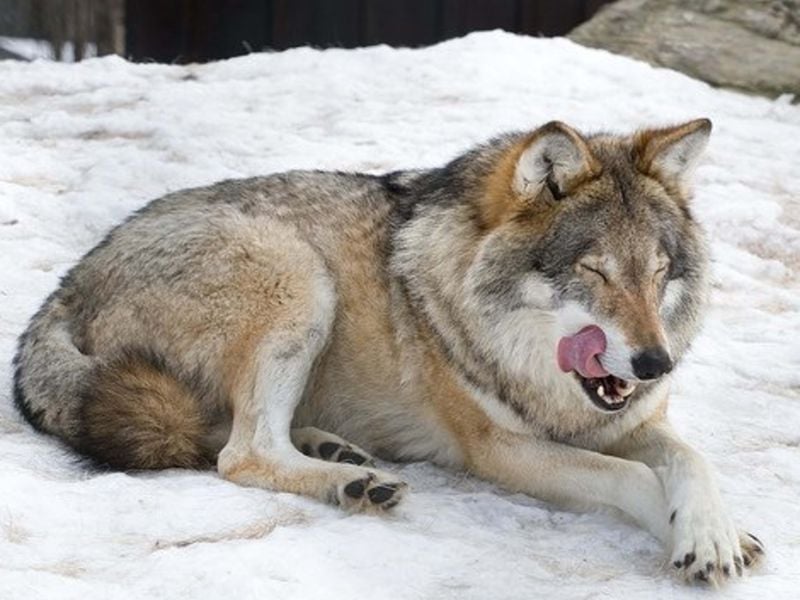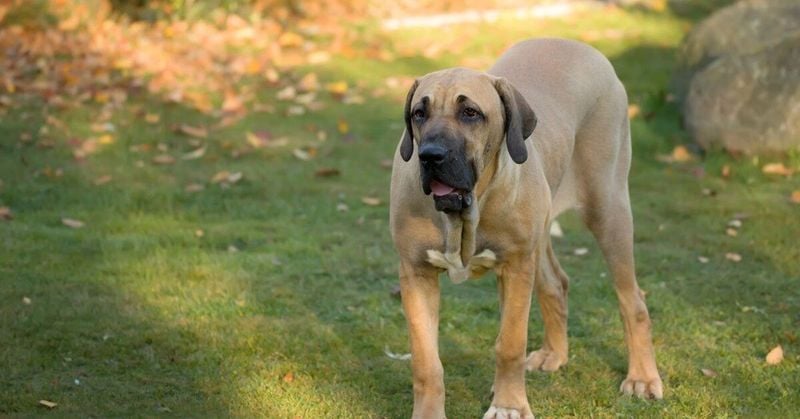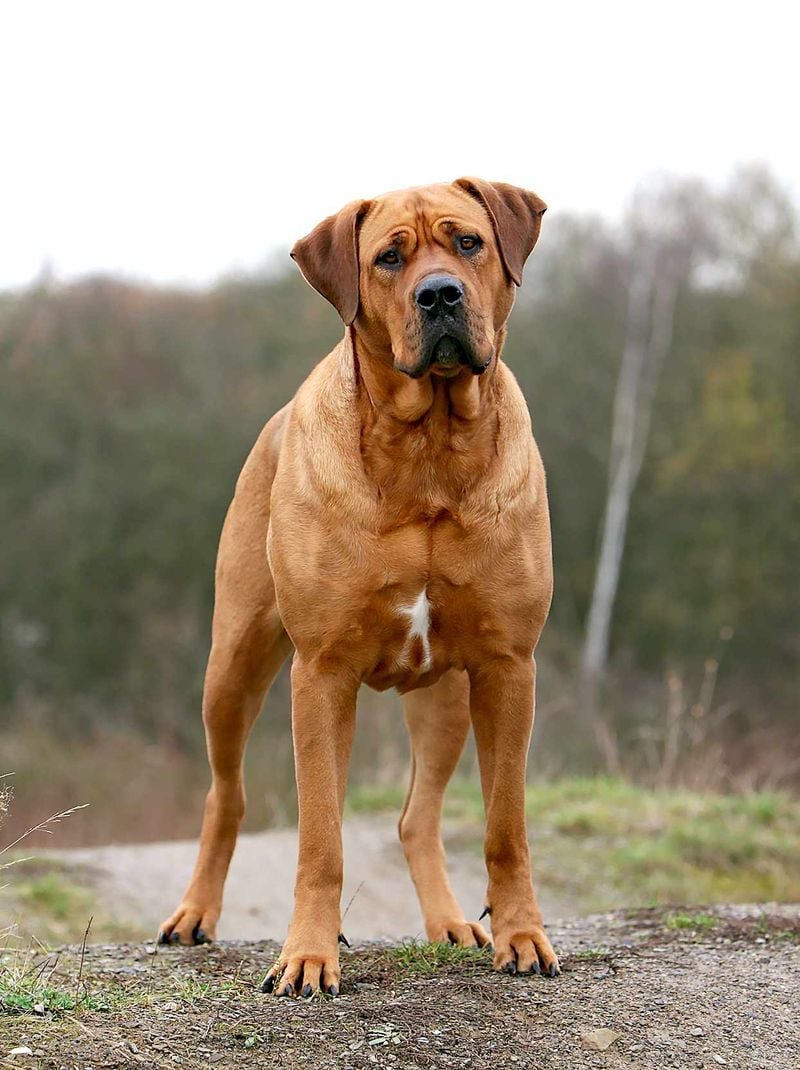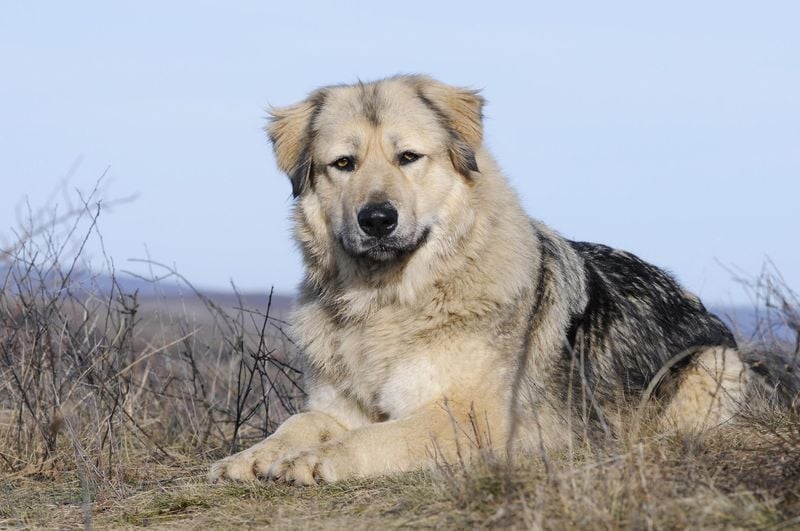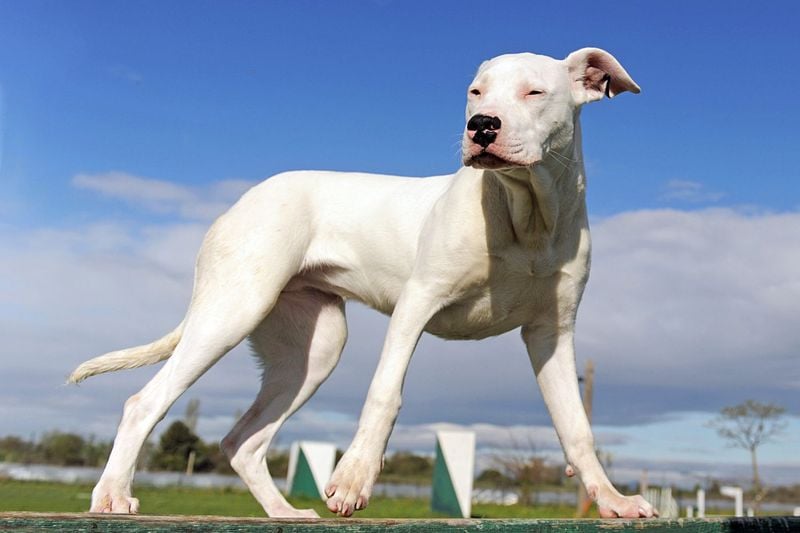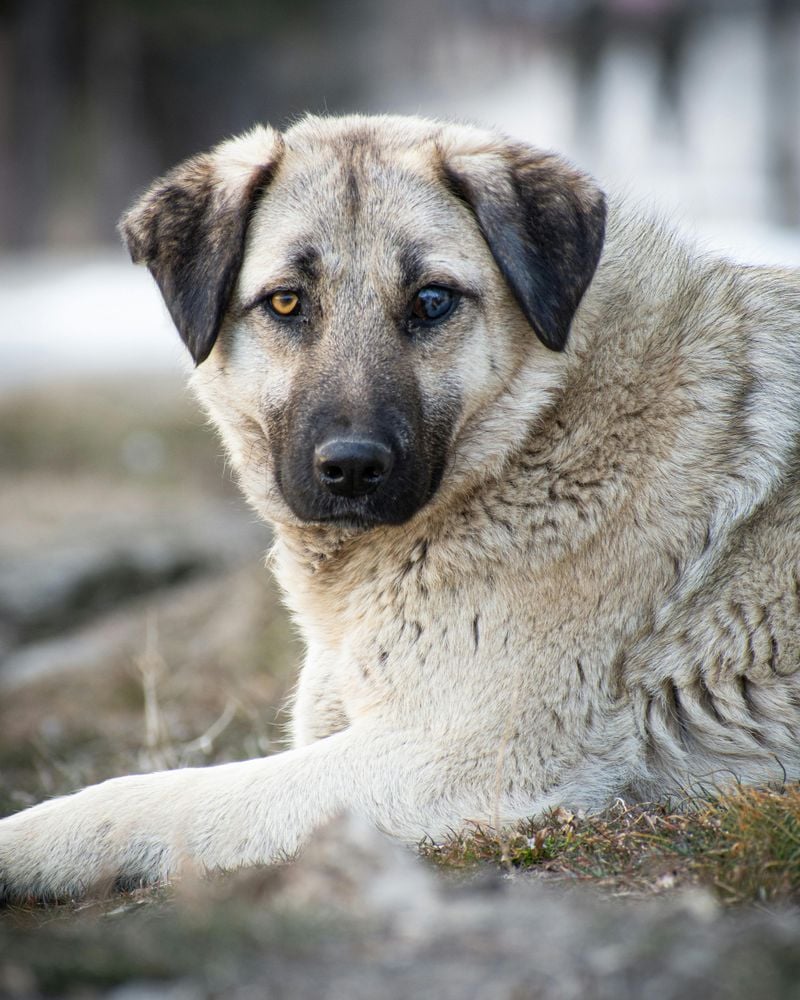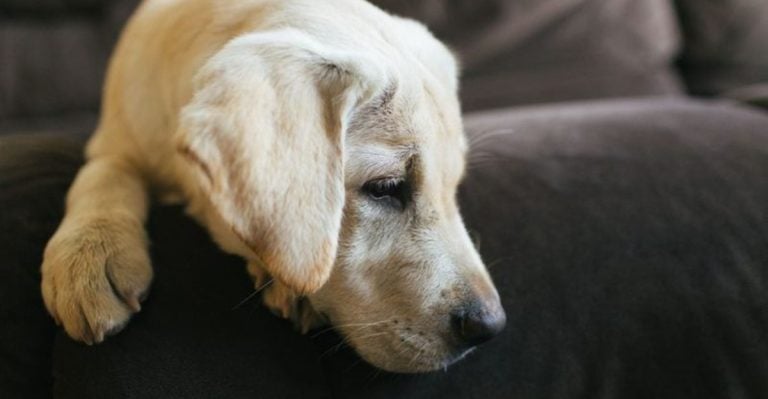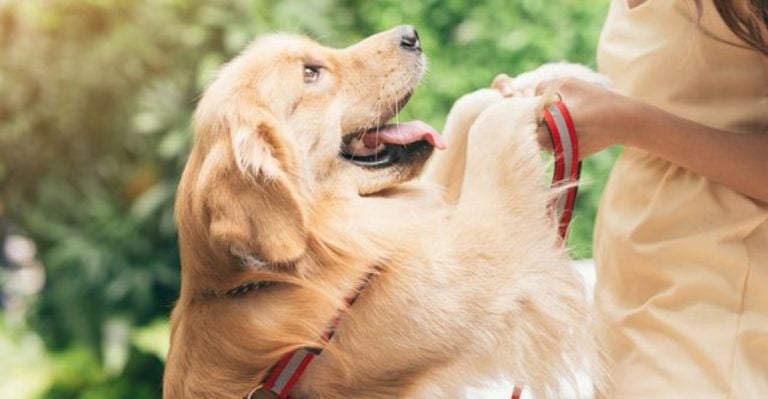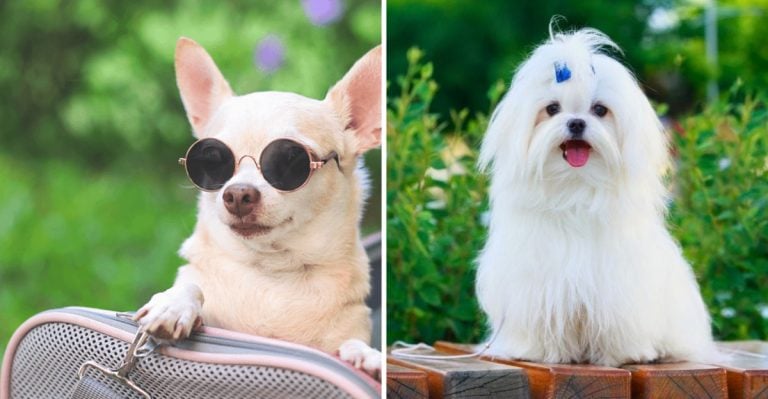I’d Think Twice Before Getting These 9 Dog Breeds as Pets
Choosing the right dog for your home isn’t just about looks or trends — it’s a serious, long-term commitment that can last well over a decade. Every dog deserves a loving, stable environment, but not every breed is cut out for life as a pet in the average household. Some dogs were bred for specific, demanding tasks — guarding livestock, hunting big game, or surviving in extreme conditions — and they carry strong instincts that can be difficult to manage in modern homes.
While it’s easy to be drawn in by the impressive size, strength, or mystique of certain breeds, it’s important to look beyond the surface. These dogs often require experienced handling, constant training, and plenty of space — not to mention legal clearance, as several are banned or restricted in parts of the world due to safety concerns.
The breeds on this list are undoubtedly magnificent in their own right. Many are loyal, intelligent, and capable — but they’re also highly challenging, and in some cases, too unpredictable or intense for even well-meaning owners. Before you decide to welcome one of these powerful pups into your life, take a moment to honestly assess whether you can meet their complex needs.
Here are 9 dog breeds I’d personally avoid keeping as pets — and you might want to think twice about them, too.
1. Wolf-Dog Hybrids: Wild at Heart
Part domestic dog, part wild wolf, these animals retain much of their wild ancestry in both appearance and behavior. Their unpredictable nature makes them challenging even for experienced handlers.
Wolf-dogs require specialized containment systems as they’re masterful escape artists with high prey drives. Many states and counties have banned them outright due to safety concerns.
These are not “wolf-like” dogs – they’re actual wolf descendants that rarely make suitable family pets. Their care requirements include specialized diets, enormous exercise needs, and socialization challenges that most pet owners simply aren’t equipped to handle.
2. Fila Brasileiro: The Intense Guardian
Known for their unwavering loyalty and suspicious nature, Fila Brasileiros were bred to track down runaway slaves in Brazil’s colonial era. Their historical purpose has created a dog with extreme stranger-wariness that borders on aggression.
Training won’t eliminate their natural distrust – it’s hardwired into their DNA. These massive dogs can weigh up to 150 pounds and possess incredible strength and determination.
The Fila’s protective instinct is so strong that the breed is actually banned in many countries including the UK, Australia, and parts of Europe. They require an experienced owner who understands their unique temperament and can provide proper socialization from puppyhood.
3. Presa Canario: Power and Intensity
Originally bred for farm work and dogfighting in the Canary Islands, the Presa Canario combines incredible strength with a dominant personality. Their imposing presence – often weighing over 100 pounds of pure muscle – demands respect and proper handling.
Sadly, these dogs gained notoriety after a fatal attack in San Francisco in 2001. While not inherently dangerous, their power means any aggression can have serious consequences.
Presa Canarios need extensive socialization from puppyhood and consistent training throughout their lives. They’re not recommended for first-time dog owners or families with small children, as their guardian instincts require careful management by someone who understands dominant breed psychology.
4. Tosa Inu: The Canine Sumo Wrestler
Developed in Japan specifically for dogfighting, the Tosa Inu combines several powerful breeds into one massive package. Often called the “sumo wrestler” of dog breeds, they can weigh up to 200 pounds and stand nearly 2.5 feet tall at the shoulder.
Their fighting heritage means they often show dog-aggression, making multiple-pet households risky. Tosas are banned in numerous countries including Australia, Denmark, and Norway due to concerns about their potential danger.
Beyond their intimidating size, Tosas need specialized training from an experienced owner. Their stoic nature – prized in Japanese dogfighting where vocalizing was considered a weakness – means they give fewer warning signals before reacting, making their behavior harder to predict.
5. Caucasian Shepherd: The Mountain Guardian
Mountain guardians from the rugged Caucasus region, these enormous dogs were bred to protect livestock from wolves and bears. Their intimidating size – often exceeding 170 pounds – is matched by their territorial nature and independent thinking.
Caucasian Shepherds require minimal grooming but shed profusely twice yearly. Their thick double coat makes them unsuitable for hot climates, while their territorial barking can create neighborhood tensions.
These dogs mature slowly, remaining puppyish until age 3 while already possessing adult strength. Their guarding instinct develops early and strongly, making early socialization critical yet challenging. Without proper handling, their natural protectiveness can become problematic aggression, especially toward visitors or unfamiliar people.
6. American Pit Bull Terrier: Misunderstood Power
Few breeds spark more debate than the American Pit Bull Terrier. Originally bred for bull-baiting and later dogfighting, modern pit bulls often suffer from their historical reputation despite many being wonderful companions.
Their powerful jaws and athletic builds make them physically impressive, but it’s their determination that truly defines them. Once committed to a task – whether tug-of-war or unfortunately, an aggressive action – they rarely give up easily.
Breed-specific legislation has banned pit bulls in many cities and countries, making ownership complicated. Responsible ownership requires understanding their high exercise needs, potential dog-aggression issues, and the importance of proper training. Their strength demands an owner who can physically control them in all situations.
7. Dogo Argentino: The White Hunter
Developed in Argentina for big-game hunting, particularly wild boar and puma, the Dogo Argentino combines strength, agility, and high prey drive. Their striking all-white appearance masks their serious working heritage and intense personality.
High-energy and intelligent, Dogos need significant daily exercise and mental stimulation. Without proper outlets, they can become destructive and develop behavior problems.
Their hunting background means they may view smaller animals as prey, making multi-pet households challenging. Dogos are banned in several countries including the UK, Denmark, and Norway. Their powerful build and determination require an experienced owner who understands working breeds and can provide consistent training from puppyhood.
8. Boerboel: The South African Powerhouse
Farm guardians from South Africa, Boerboels were developed to protect homesteads from predators including lions. Their name translates to “farmer’s dog,” but there’s nothing ordinary about these massive mastiffs that can exceed 200 pounds.
Boerboels combine intelligence with stubborn determination. They form intense bonds with their families while remaining naturally suspicious of strangers, creating a challenging balance for owners to maintain.
Their protective nature requires extensive socialization from puppyhood. Without proper training, their natural wariness can escalate to inappropriate aggression. Boerboels need an owner who projects calm confidence and understands guardian breeds. Their immense strength means even friendly jumping or pulling can overwhelm unprepared handlers.
9. Kangal: Turkey’s Livestock Defender
Hailing from Turkey’s rugged Sivas region, Kangals have protected sheep from wolves and bears for centuries. Their bite force – measuring an astonishing 743 PSI – is among the strongest in the canine world, exceeding that of many wild predators.
Independent thinkers by necessity, Kangals make decisions without waiting for human input. This trait, essential for livestock guardians working alone, can translate to stubborn defiance in a pet setting.
Kangals need significant space and appropriate outlets for their working instincts. They’re not suited to apartment living or urban environments. Their protective nature, while valuable in the right setting, requires careful management to prevent inappropriate guarding behaviors that can pose liability issues for unprepared owners.

